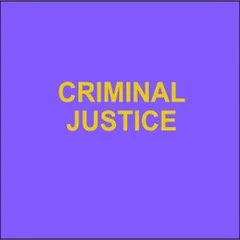By Amanda Y. Agan, Andrew Garin, Dmitri K. Koustas, Alexandre Mas, and Crystal Yang
All results in this paper using IRS data are drawn from the publicly available working paper “The Impact of Criminal Records on Employment, Earnings, and Tax Filing,” which is available on the IRS Statistics of Income Tax Stats website. The findings, interpretations, and conclusions expressed in this paper are entirely those of the authors and do not necessarily reflect the views or the official positions of the U.S. Department of the Treasury or the Internal Revenue Service. All results have been reviewed to ensure that no confidential information is disclosed. Researchers Agan, Garin, and Koustas received funding for this research through the Clean Slate Initiative, a project of the New Venture Fund. We thank staff at the Philadelphia DA's office, especially Michael Hollander and Betsey Carroll for help with the Clean Slate data and analysis. We also thank the numerous interns who worked on this project: Camilla Adams, Kaan Cankat, Sarah Frick, Jared Grogan, Bailey Palmer, Kalie Pierce provided instrumental research assistance. The views expressed herein are those of the authors and do not necessarily reflect the views of the National Bureau of Economic Research.
WORKING PAPER · NO. 2024-57
Chicago: University of Chicago, The Becker Friedman Institute for Economics, 2024. 80p.





